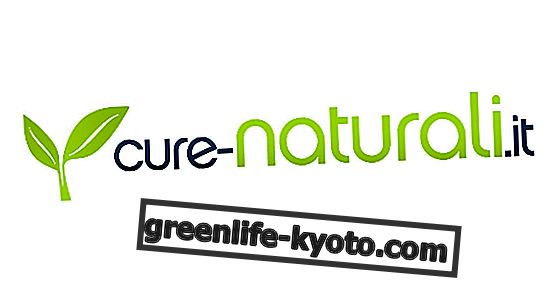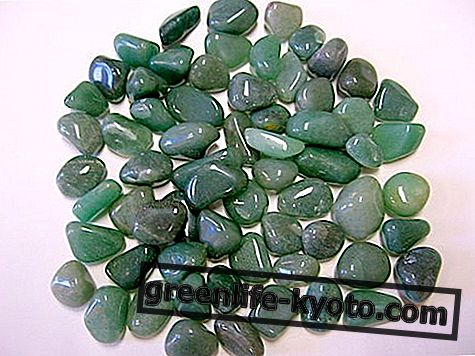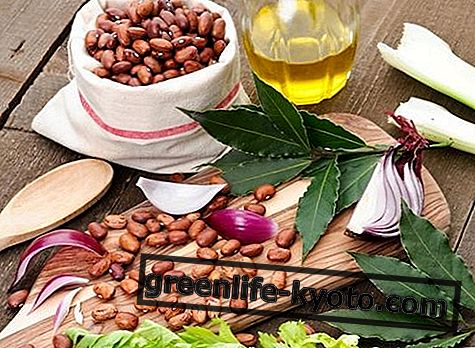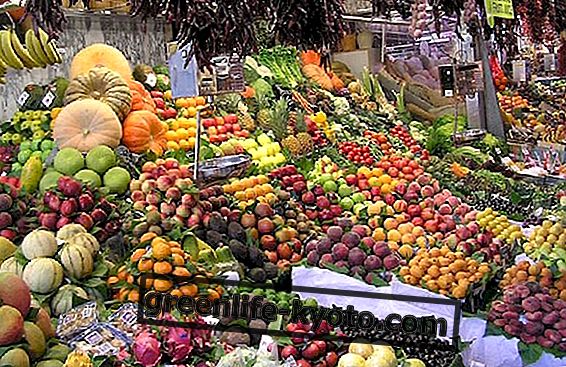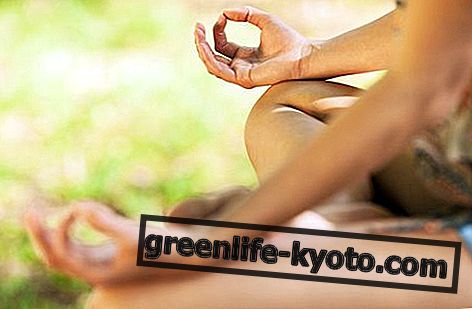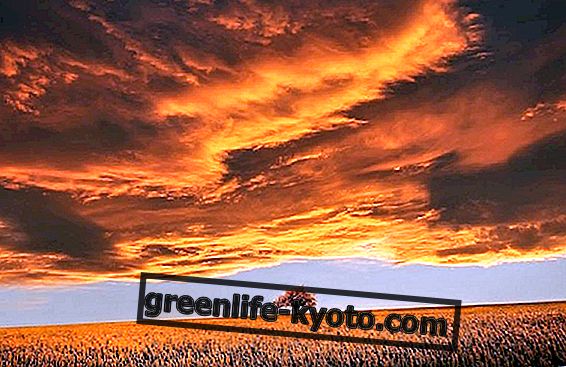
Apricot oil is a vegetable oil obtained from the cold pressing of the stones that are inside the fruits of the homonymous plant. It is an edible oil, has a light fragrance and a delicate flavor, which is why it is used in the preparation of desserts.
It is used in natural cosmetics for its elasticizing action, to prevent wrinkles and stretch marks and for its protective and emollient properties, because it is able to stimulate the production of sebum in dry and delicate skin.
Properties and benefits of apricot oil
Food use
Apricot oil is very rich in antioxidants, unsaturated acids and vitamin E. It can be ingested with teaspoons or used to flavor salads and dishes in everyday food.
Cosmetic use
Face . Apricot oil has a calming effect on inflamed or irritated skin and helps reduce stress. It can be used as a natural, extremely delicate make-up remover, to remove even water-resistant make-up products. It is advantageously used for its protective action, which it exerts on delicate skin, which defends against external atmospheric agents (sun, cold, wind etc.) especially in the presence of capillary fragility and couperose.
Body . Very emollient and nourishing, it is used in the treatment of stretch marks, because it promotes the elasticity of the skin. Its very fine consistency makes it a little oily and easily absorbed. Used after bathing or after showering, it helps to prevent flaking and dryness of fragile or dry skin. Apricot oil is best known for its soothing qualities. It is an excellent vehicle for essential oils, because it improves their conservation.
Hair: applied as a compress before shampooing, mixed with linseed oil and coconut oil, it makes the lifeless and worn-out hair shiny and soft .
Like apricot oil, coconut oil is also used in natural cosmetics: find out how!
Apricot oil: description of the plant
Prunus armeniaca - Rosaceae
It is a medium-sized plant, 5 to 7 m tall. However, cultivated plants rarely reach 3 meters in order to facilitate harvesting operations. The leaves are heart-shaped with the doubly serrated edge. The flowers have a calyx and corolla, they are white-pink, unique or paired. Flowering occurs, as in all Prunus, before leafing.
The fruits, the apricots , are velvety yellow-orange drupes. Recently, new varieties are spreading whose skin is characterized by red shades. Originally from China where it was already known in 3, 000 BC, it was spread throughout Europe by the Romans after the conquest of Armenia and from this region, where it was called the apple of Armenia, ( Armeniacum malum ) also took its name.

